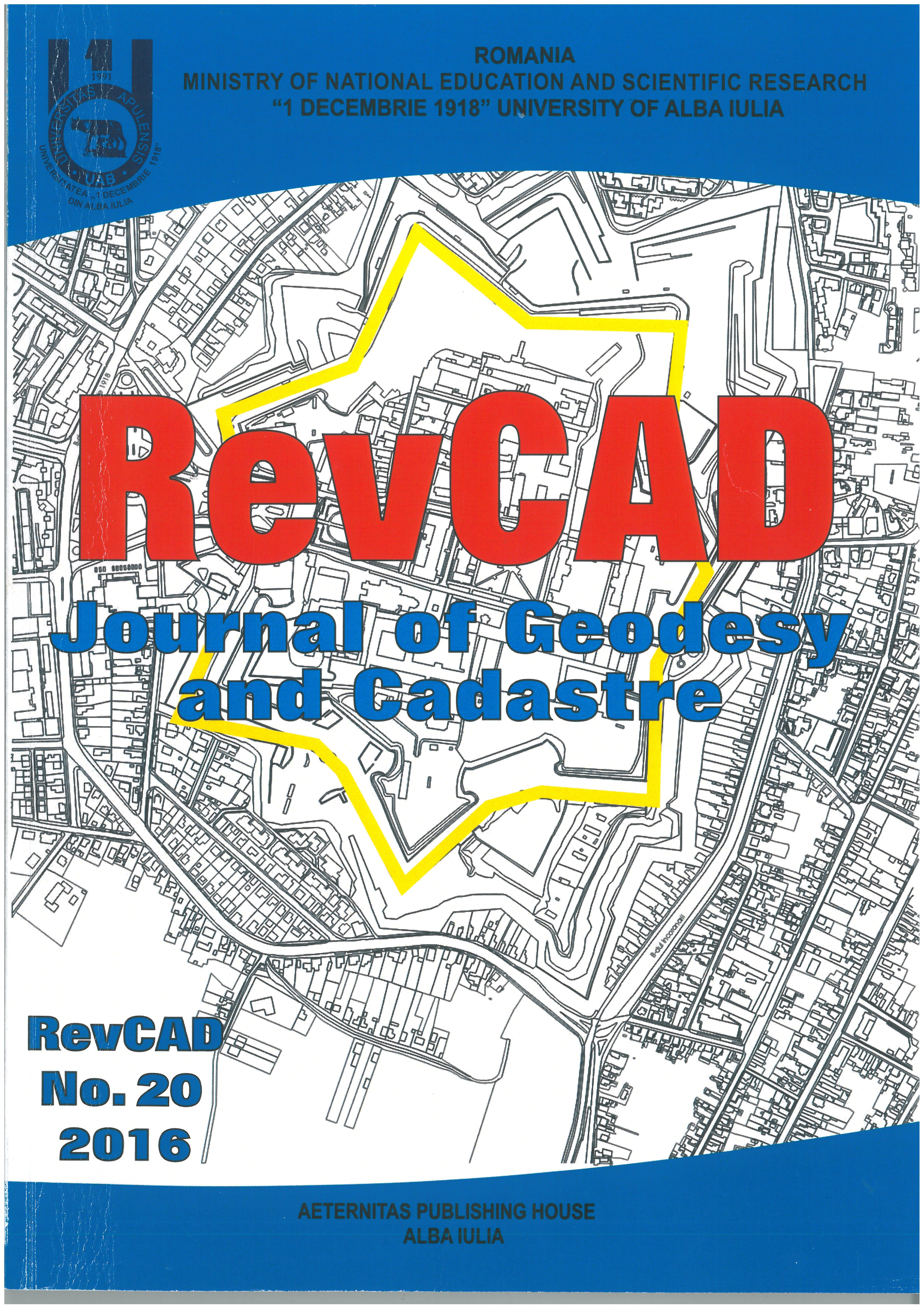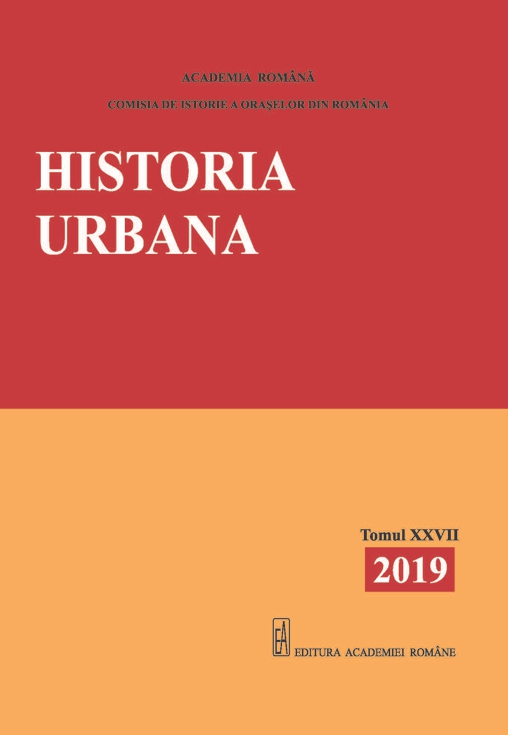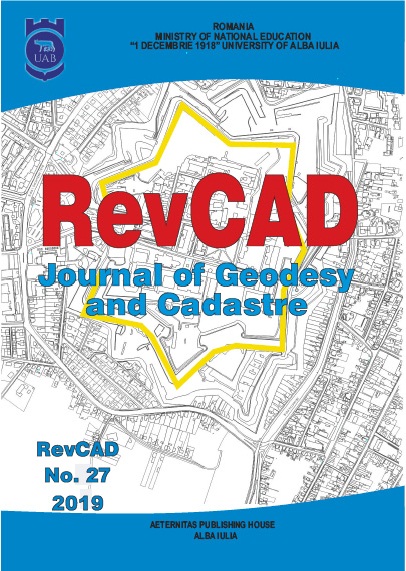
The Geographic Information System for Public Administration Regarding the Updating of Green Cadastre. The Case Study of Bucharest
The purpose of this study is to highlight how the Geographic Information System provides permanent access to the updated database and green spaces cadastral map of a particular administrative unit. Green Cadastre emerged from the necessity of creating a management system for green spaces and existing tree species in different administrative units, taking into consideration that the vegetation experiences a dynamic development and structural changes that can be reflected using different GIS applications. Inventory of green spaces was twofold: quantitative (the number of specimens per species, per parcels, quantitative attributes: height, trunk diameter, tree crown) and qualitative (phytosanitary condition of trees, trees belonging to the category of protected species).The result of the study lies in creating a digital map (GIS structure) that contains the distribution of compact green spaces and that emphasizes all green spaces features.
More...

